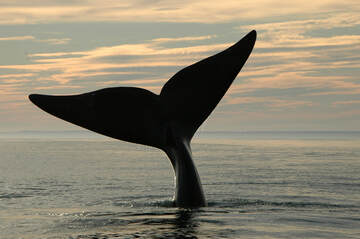report a right whale sighting
Please help us collect this vital information. Only 350 right whales remain and their survival is threatened by vessel strikes and entanglements in fishing gear. Reporting sightings helps to save this endangered species by altering mariners to their presence.
WHO SHOULD YOU CALL?
U.S. Coast Guard VHF Ch. 16
or
Virginia to Maine: 866-755-NOAA
Florida to North Carolina: 877-WHALE-HELP
Federal regulations prohibit approaching right whales within 500 yards (1500 feet).
What Information Should You report?
Is the Whale Dead, Injured, or Entangled in Fishing Gear?
If possible, keep a dead or injured whale in sight and report immediately. Do not attempt to remove gear! There is a team of experts who disentangle whales. Take photos or video if possible, and report this additional information:
- Do you see a visible spout during exhale?
- Do the flukes come out of the water on a deep dive?
- Does it have a dorsal fin? What color and shape are the flippers?
- Does it have bumps on its head and what color are they?
- How long is the whale (how many feet? Compared to size of boat?)
- Do you see throat grooves (under the mouth extending to the belly)?
- If entangled, is the whale free swimming or anchored?
- Give specific info on key body parts (both flippers, tail, and mouth) and any gear observed (buoys and line colors, buoy numbers, etc.)


